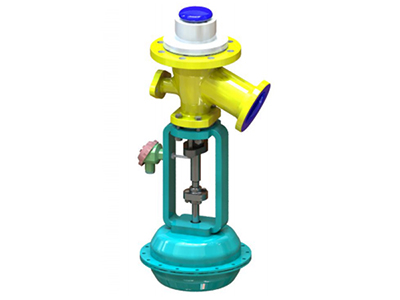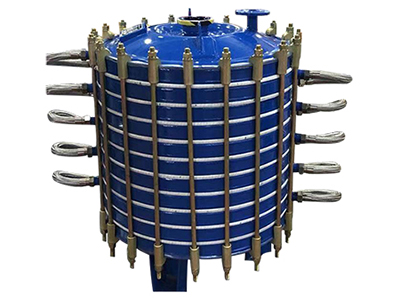Reducing the resistance of the silicon carbide heat exchanger can increase the heat exchange coefficient and the average flow rate of the medium between the condensing plates. But the power consumption of the circulating pump and the equipment cost go up when the resistance is reduced. What else can be done to reduce the resistance economically?
- Thermal mixing plates: heat exchanger equipped with thermal mixing plates saves more plates area than that with symmetrical single-pass plates. But the area saved is limited because it’s difficult for the design technique of thermal mixing plates to realize precise matching; therefore, thermal mixing plates are not suggested when the flows of cold or hot mediums are large.
- Multi-pass combination: when the flow of cold and hot medium is large, use multi-pass combination.
- Asymmetrical plate heat exchanger: according to the heat exchange properties of the hot and the cold fluids and the pressure drop requirement, asymmetrical plate heat exchangers change the structure of the two sides of the plate, forming hot and cold flow channels with different cross-sectional areas. When the flow of cold and hot medium is large, asymmetrical single-pass plates can save plate area by 15% to 30% compared with symmetric single-pass plates.
- Different for: the optimum pressure is no more than 100kPa. Base on the different flow ratio of cold and hot mediums, the best average flow rate of the medium is 0.3 to 0.6m/s.
- By-pass pipe: when the cold and hot medium flow is large, a by-pass pipe can be set between the inlet and outlet of the heat exchanger, which can guarantee a relatively high heat exchange coefficient reduce the resistance, though the adjustment is a little complicated.




